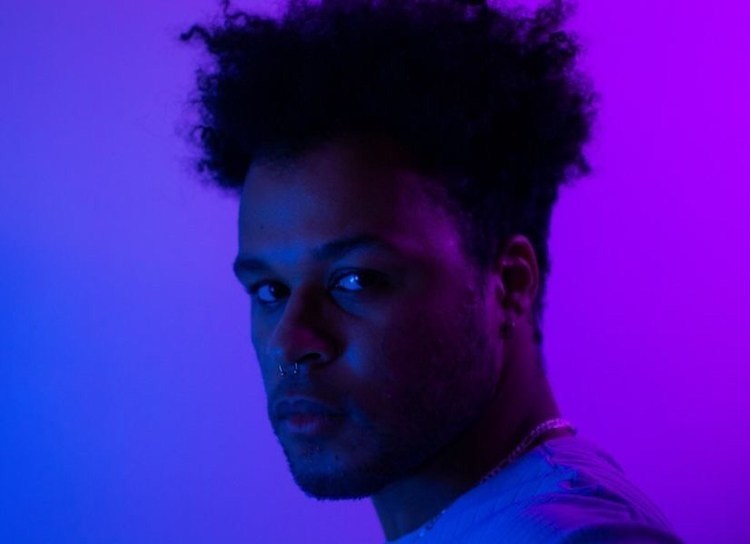Since its founding in 2007, SoundCloud has evolved from an underground streaming service to one of the worlds most notable audio distribution platforms
We’ve all heard of the terms SoundCloud rapper and SoundCloud artist before. The success stories to the likes of Post Malone, XXXTentacion, and Kehlani are just a few examples that propagate this image. But while you and I might picture bleached pink-blonde hair, face tattoos, and edgy teenage rock stars, most local artists who use the app say SoundCloud is about so much more.
During the day, Kouami Djossou, also known as Kwame Djoss, is a fourth-year Concordia psychology student — but after class, they are a local artist sharing their music on SoundCloud.
“I got my start in music when my dad saw one of the Stromae music tutorials on YouTube. He said ‘Oh, making music is easy,’ and downloaded a music software on the computer called Linux MultiMedia Studio. When I was 12, a friend introduced me to FL Studio.”
By the end of high school and the beginning of CEGEP, Djoss started sharing their music online, but stopped from 2017 to 2019 due to internal pressure.
“I put a lot of pressure on myself. I was listening to people who were way better than I was like Kaytranada, High Klassified. I thought ‘Yo I’m not that good, what’s the point of making music if it’s not gonna be good?’”
Djoss makes most of their songs and beats all by themself, playing all the instruments solo. By using bass, electric guitar, and a Native Instruments Maschine MK3, they sample sounds off Youtube and remix them into their beats.
When asked about describing their path, Djoss says that they just make music that they themself like to listen to.
“Usually the path that people give to musicians is like selling beats. Especially if you’re a Black musician, people will assume that you make hip hop beats and stuff. But the market for selling beats is kind of saturated. What I’m interested in is incorporating my music into film.”
Like many other artists on the platform, Djoss views SoundCloud as one of the best music sharing platforms out there for up and coming artists. You may discover niche genres you’ve never heard of like “Phonk music” and “Memphis Rap.” SoundCloud gives you the opportunity to discover great artists with a few thousand plays.
“The SoundCloud algorithm is really not like the Spotify one where it will guess what you like based on what’s popular and which popular artist you might like. SoundCloud will be like ‘If you like this small artist, you might like this other small artist,’ and you get hella inspiration. With Spotify, you’ll eventually end up with all the same top artists like Lil Nas X and Billie Eilish. For sharing and discovering, SoundCloud is the best for sure,” said Djoss.
“Back in 2015 when I was getting started, Spotify wasn’t really a thing. On Spotify, you can’t upload with samples and you have to pay like $20 a year to post content. I know SoundCloud doesn’t get you paid but for lowkey artists, it’s perfect. It’s free up until a certain time limit. Plus, since it’s so easy to share music on SoundCloud we have all different types of artists doing whatever.”
There’s also such a unique community within SoundCloud. Djoss recommends local artists like Magi Merlin and her producer FunkyWhat. Songs such as “Elephant Woman” by Blonde Redhead, “Fall Down” by Crumb, “Human” by Sevdaliza and “blisters” by Serpentwithfeet are also recommended.
“I’m really inspired by the SadBois 2001 era of Yung Lean, Yung Gud too. The universe they created on the platform is just so amazing to me. It feels like a joke but then it’s so well built. A whole galaxy to get into.”
Djoss will be giving a workshop on synthesizers for the technology sandbox at Concordia when everything reopens. No dates are announced but be sure to follow them on instagram for updates on future projects.. For now, feel free to check out their works: the short film Mango Couple along with singles “Faith” and “SAGEWAVE.”
“At the end of the day, what’s important is that you enjoy what you’re doing and stay optimistic. Inspiration can come from anywhere.”
Photo by Kwame Djoss
